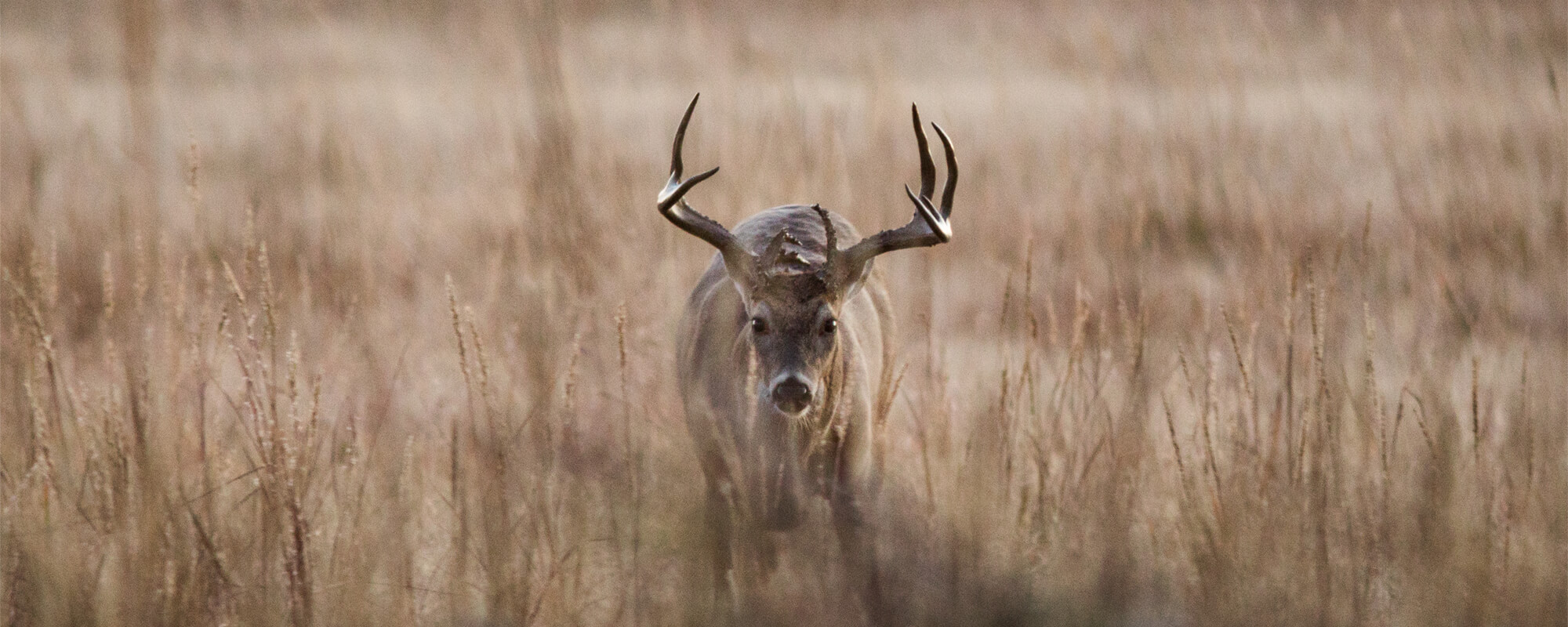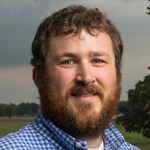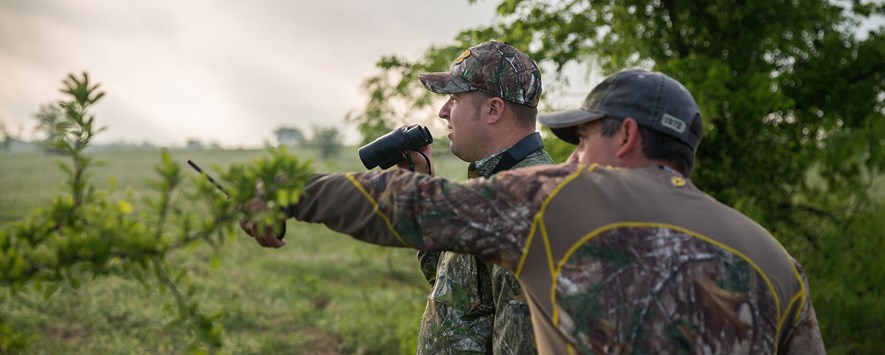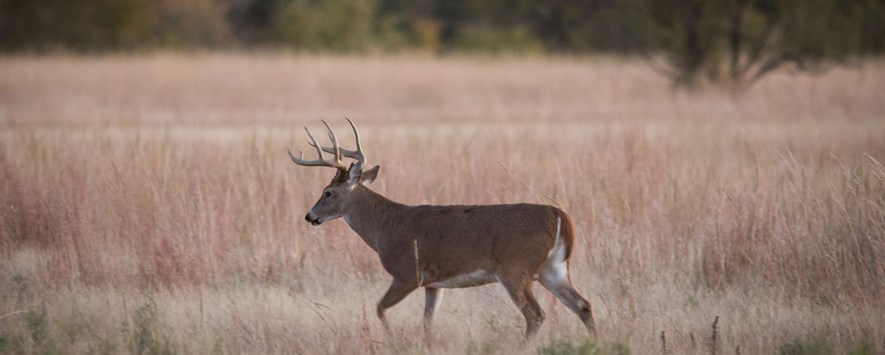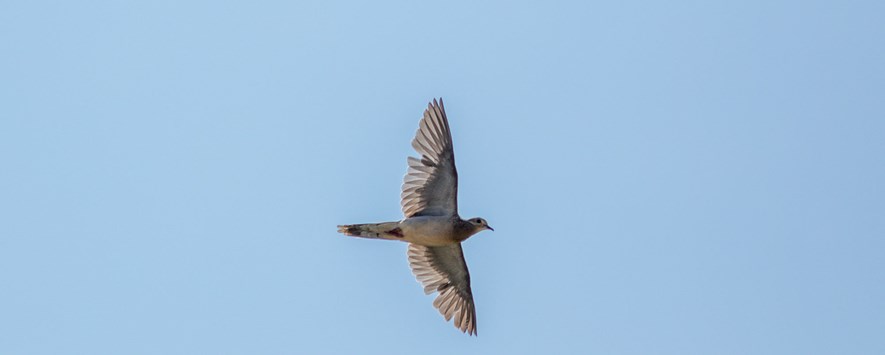As deer season approaches, many hunters and managers set up trail cameras in hopes of learning the whereabouts of a trophy buck. Calculated deer managers may even use this technique and other survey methods to monitor deer population parameters and keep records as a basis for harvest recommendations.
We are often questioned on which survey techniques should be implemented in a management program for white-tailed deer. In fact, we have debated which techniques to use in our management of Noble Research Institute ranches. While many survey techniques offer some insight into deer populations, they all have inherent biases and weaknesses. Remember, deer surveys do not census the deer on your property. They only estimate population parameters.

Two Common Survey Types:
1. Camera Surveys
Camera surveys most commonly require pre-baiting of camera locations with a subsequent photo period to obtain sex ratios and recruitment of fawns. This technique can be time-consuming and expensive when performed appropriately as many cameras are needed to cover a variety of habitats used by bucks and does.
A major bias with this technique is it assumes all deer visit baited sites equally. We know that some deer become “corn junkies” and other deer do not visit baited sites. A higher percentage of bucks visit baited camera sites compared to does, and a higher percentage of adult deer visit baited camera sites compared to fawns.
2. Spotlight Surveys
Road-based spotlight surveys have long been the norm for many state wildlife agencies and are often a requirement for deer management assistance programs. However, one research study found the benefits of spotlight survey data for monitoring deer populations is limited and likely represents a waste of resources with no appreciable management information gained (Collier et al. 2013). This technique fails because of highly variable detection rates.
While all survey techniques have their inherent biases, some techniques are implemented more easily than others.
While all survey techniques have their inherent biases, some techniques are implemented more easily than others. For instance, spotlight surveys require a lower investment in time and money than camera surveys. At Noble Research Institute, we have used both of these techniques for many years.
A New Method: Crowdsourcing Survey
In early 2018, we realized that we could get a lot more data for a lot less effort by crowdsourcing the 30-plus hunters who recreate on Noble ranches. We built a cloud-based survey that each hunter completes on their smartphone each time they hunt. The survey collects observation and harvest data for deer and feral hogs.
Early discoveries from this more robust data set are promising, not to mention we didn’t spend hours looking through photographs or late nights peeling spider webs from our faces and swatting mosquitoes while traveling the ranch roads.
What We’ve Found
Figure 1 illustrates total observed deer throughout the 2019-20 deer season on three different Noble ranches. Because baiting for hunting purposes is prohibited on Noble ranches and hunters are spread out and do not hunt the same location time after time, we feel this data provides us an opportunity to monitor population trends over time, and as a result, modify our harvest strategy to accomplish our goals. This technique is not immune to biases and weaknesses, such as inexperienced hunters who may mistake fawns for does during the hunting season.


For the hunter, Figure 2 offers a view of buck and doe exposure throughout the hunting season. The plotted data shows average number of bucks and does detected weekly from Oct. 1 through Jan. 15 on Noble’s Oswalt Ranch. The result combines 2018-19 data with 2019-20 data to help account for yearly variability. Notice there are a lot of bucks being seen late in the season, so don’t quit hunting in December.
What better way to pick your hunting spot than with data? Figure 3 highlights the total deer observed per man hour by hunting unit. It is a rough sketch of where deer detection probabilities can be expected to be higher geographically. Looks like Noble hunters may want to hunt the northwest corner this year.

Note Your Observations
Hunter observation data is an easy way to learn a little bit about the deer you are trying to manage. It takes no extra time to conduct the survey other than writing down your observations.
This data is not a good method to track abundance of deer populations, but a manager can make better decisions about population harvest goals when used in conjunction with harvest data. Also, as biologists and land managers, we are not very concerned about data from individual years. We look at trends over time since years can be so variable.
The bottom line is that it is hard to manage what you don’t measure. This is one easy method to collect useful data.
Source: Collier, Bret A., S.S Ditchkoff, C.R. Ruth, Jr., J.B. Raglin. 2013. Spotlight Surveys for white-tailed deer: monitoring panacea or exercise in futility? The Journal of Wildlife Management 77(1): 165-171.
